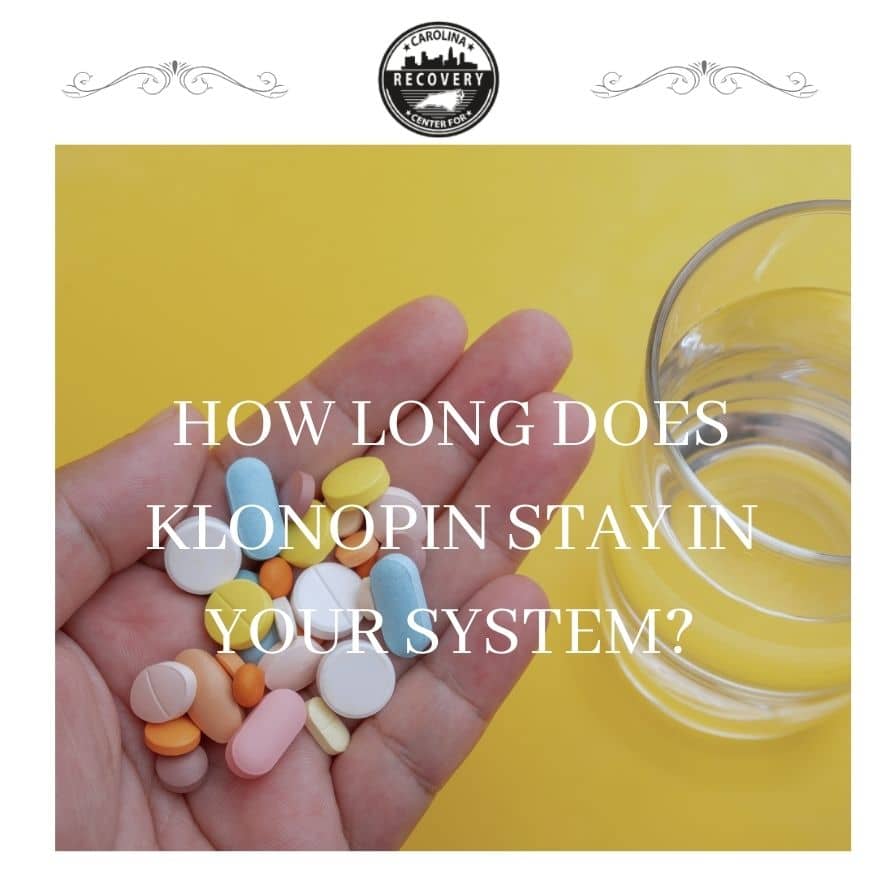How Long Does Dianabol Stay In Your System

For athletes and bodybuilders, understanding the detection window of performance-enhancing substances like Dianabol is crucial. This knowledge impacts not only competitive eligibility but also overall health and well-being. The duration Dianabol remains detectable varies based on numerous factors, making it a complex subject with significant implications.
This article will explore the detection window of Dianabol in the body, the factors influencing its detection, and the potential consequences for those who use it. It aims to provide a comprehensive and objective overview, drawing on scientific literature and expert opinions.
What is Dianabol?
Dianabol, also known as methandrostenolone or metandienone, is an anabolic-androgenic steroid (AAS). It was developed in the 1950s and quickly gained popularity for its ability to promote rapid muscle growth and increased strength. It is typically administered orally, although injectable forms exist.
Dianabol works by increasing protein synthesis and nitrogen retention in muscle tissue. This leads to increased muscle mass and strength gains. However, it also carries significant risks, including liver damage, cardiovascular problems, and hormonal imbalances.
Detection Window of Dianabol
The detection window of Dianabol refers to the period during which it can be identified in the body through various testing methods. This window varies depending on the specific test used.
In general, Dianabol can be detected in urine for up to 5-6 weeks after the last dose. This is due to the presence of metabolites, which are byproducts formed when the body breaks down the drug.
The detection window in blood is shorter, typically ranging from a few hours to a few days. This is because Dianabol is metabolized relatively quickly.
Factors Affecting Detection Time
Several factors can influence how long Dianabol remains detectable in the body. These include:
Dosage: Higher doses of Dianabol will generally lead to longer detection times, as more of the substance needs to be metabolized and eliminated.
Frequency of Use: Regular use of Dianabol can lead to accumulation in the body, extending the detection window.
Metabolism: Individuals with faster metabolisms may eliminate Dianabol more quickly, while those with slower metabolisms may retain it longer.
Individual Variation: Factors like age, body composition, and kidney function can also affect how the body processes and eliminates Dianabol.
Testing Methods
Various methods are used to detect Dianabol in the body. These methods primarily involve analyzing urine or blood samples.
Urine Tests: Urine tests are the most common method for detecting Dianabol. They are relatively inexpensive and can detect the presence of metabolites for an extended period.
Blood Tests: Blood tests are more sensitive than urine tests but have a shorter detection window. They are often used to confirm positive urine results or to detect recent use.
Hair Follicle Tests: While less common for Dianabol, hair follicle tests can potentially detect the substance for a longer period, up to several months. However, these tests are more expensive and complex.
Consequences of Dianabol Use
The use of Dianabol carries significant risks and consequences. These include health risks, legal penalties, and competitive disqualifications.
Health Risks: Dianabol can cause liver damage, cardiovascular problems, high blood pressure, hormonal imbalances, and psychological effects such as aggression and mood swings. Prolonged use can lead to severe health complications.
Legal Penalties: In many countries, including the United States, the possession and use of Dianabol without a valid prescription is illegal. Penalties can include fines, imprisonment, and a criminal record.
Competitive Disqualifications: Athletes who test positive for Dianabol face disqualification from competitions and potential bans from their sport. Anti-doping organizations like the World Anti-Doping Agency (WADA) have strict regulations regarding the use of performance-enhancing substances.
Conclusion
The detection window of Dianabol varies depending on factors such as dosage, frequency of use, and individual metabolism. Understanding these factors is crucial for athletes and individuals who may be subject to drug testing.
The use of Dianabol carries significant health risks, legal penalties, and competitive consequences. Therefore, individuals should carefully consider the risks and potential ramifications before using this substance. Informed decision-making and awareness of the potential consequences are paramount.
Further research and education are needed to raise awareness about the risks associated with Dianabol use and to promote safe and ethical practices in sports and bodybuilding. It is imperative that individuals prioritize their health and well-being over the pursuit of performance enhancement through illicit means.






:max_bytes(150000):strip_icc()/how-long-do-steroids-stay-in-your-system-200902-v1-e51a132c158a4994b159dc28541027a7.jpg)











